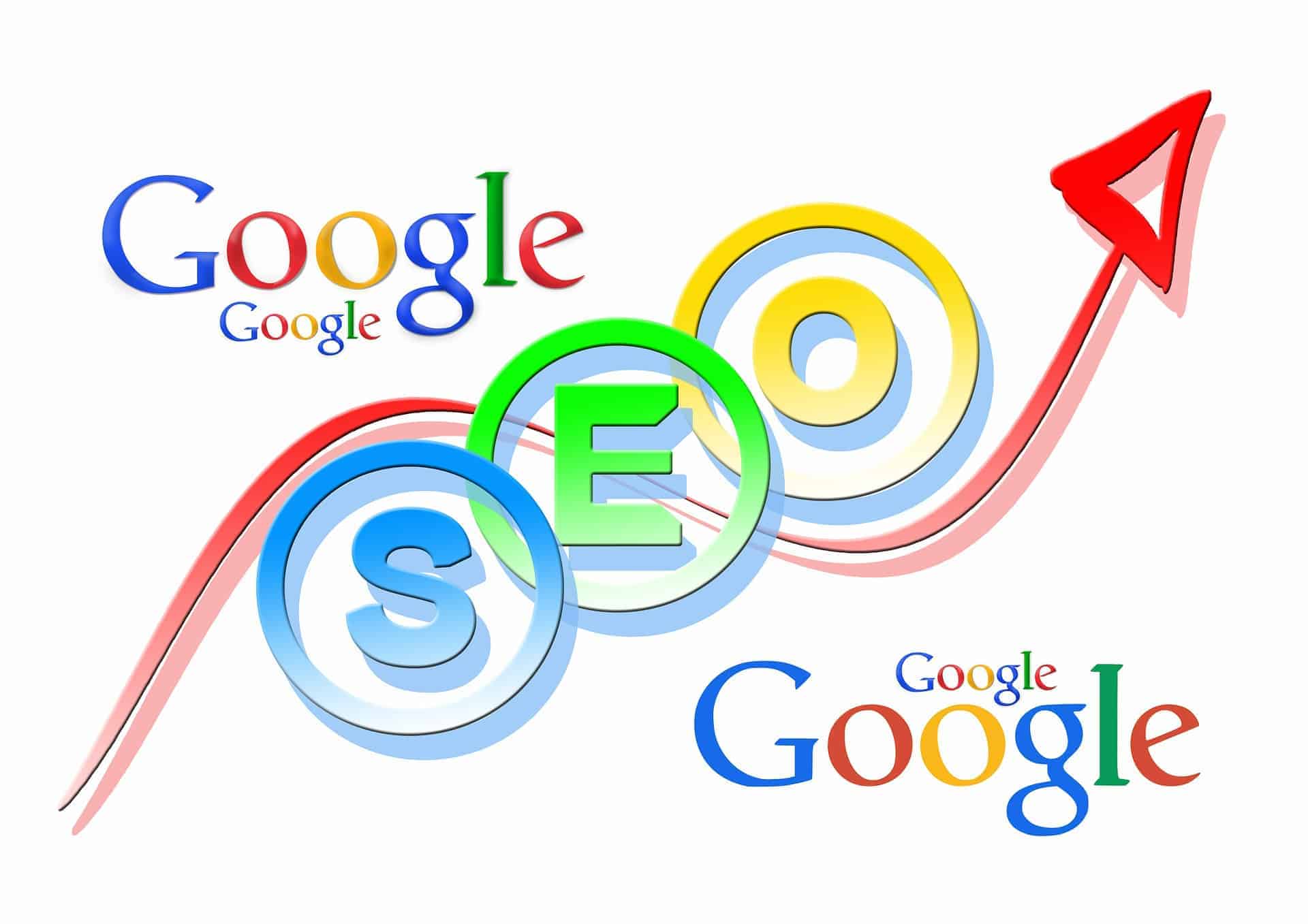Top 7 Online Marketing Trends Dominating in 2016
2016 looks to be a great year for online marketing, and we anticipate it shaking up the game with these seven trends:
1. Video ads will start dominating. Video ads are certainly nothing new, with social channels like YouTube, Vimeo, dedicated to hosting billions of videos and advertising platforms like Facebook and Bing already offering advertisers video options. 2016 is set to be different because Google is finally getting on board with in-SERP video advertising. It’s a sign that users are becoming more accepting of video ads online, and as that trend continues, expect to see more types of video ads popping up in more unexpected places. With Google’s ownership of YouTube, the possibilities are virtually limitless.
2. Digital assistants will lead to a new kind of optimization. Search engine optimization (SEO) and pay-per-click (PPC) advertising are two highly popular strategies for getting your site seen by thousands of previously unknown visitors. But the rise of digital assistants is going to lead to a new kind of optimization. Digital assistants like Siri and Cortana do utilize traditional search engines, but only when necessary to find information. The key to optimizing in this new format is to make sure your business information is easily accessible to these assistants, rather than trying to funnel people to your site specifically.
3. App indexing will lead to an explosion of apps. Google has offered app indexing for a while, but as the ranking possibilities for apps become more complex, 2016 will be the year more business owners realize the online visibility advantages of a dedicated app. A mobile-optimized site works wonders for appealing to the mobile crowd, but soon, apps will begin to replace them. Apps can do everything that websites can, except in more intuitive, convenient, accessible ways. We’re still several years away from apps completely replacing websites as a medium, but 2016 will be a pivotal year in app adoption from business owner’s perspectives.
4. Mobile will completely dominate desktop. 2015 was a big year for mobile—not only did Google announce that mobile traffic finally overtook desktop traffic in 10 different countries, it was also the year they released the “Mobilegeddon” algorithm update to phase out sites not optimized for mobile. But apparently, you don’t have to have an optimized desktop site in addition to a mobile version—according to Google, a mobile-only site with no desktop counterpart is perfectly acceptable. This alone won’t be enough to drive down desktop traffic, but it’s clear what side of the fence Google’s on; they’re banking on desktop traffic fading away, meaning the smart money rests on mobile-focused online marketing.
5. Digital assistants will lead to a new kind of optimization. Search engine optimization (SEO) and pay-per-click (PPC) advertising are two highly popular strategies for getting your site seen by thousands of previously unknown visitors. But the rise of digital assistants is going to lead to a new kind of optimization. Digital assistants like Siri and Cortana do utilize traditional search engines, but only when necessary to find information. The key to optimizing in this new format is to make sure your business information is easily accessible to these assistants, rather than trying to funnel people to your site specifically.
6. Virtual reality will emerge. There are dozens of different virtual reality devices set to release in the next few years, some of which are dedicated for specific applications like video games, and others which are available for general use. Oculus Rift, arguably the most hyped VR device, is set to release in the first quarter of 2016. Oculus Rift and other VR devices will introduce an entire new medium of online advertising, with integration to popular social media platforms, video channels, and even forms of direct messaging. There’s always a chance VR could fizzle as a temporary fad, but there are billions of dollars of funding in limbo, ready to bet otherwise.
7. Advertising will become more expensive. Competition in the online marketing world has increased dramatically over the course of the past few years. 2016 will see it increase even more. As the basic laws of economics suggest, an increase in demand is often accompanied by an increase in price, so all those new online marketing competitors will drive the prices for online advertising even higher. Realistically, online ads are pretty cheap, but the increases in price may drive some smaller companies out of the landscape.
Source: https://www.forbes.com/sites/jaysondemers/2015/09/29/the-top-7-online-marketing-trends-that-will-dominate-2016/#4cf9239f4c04



